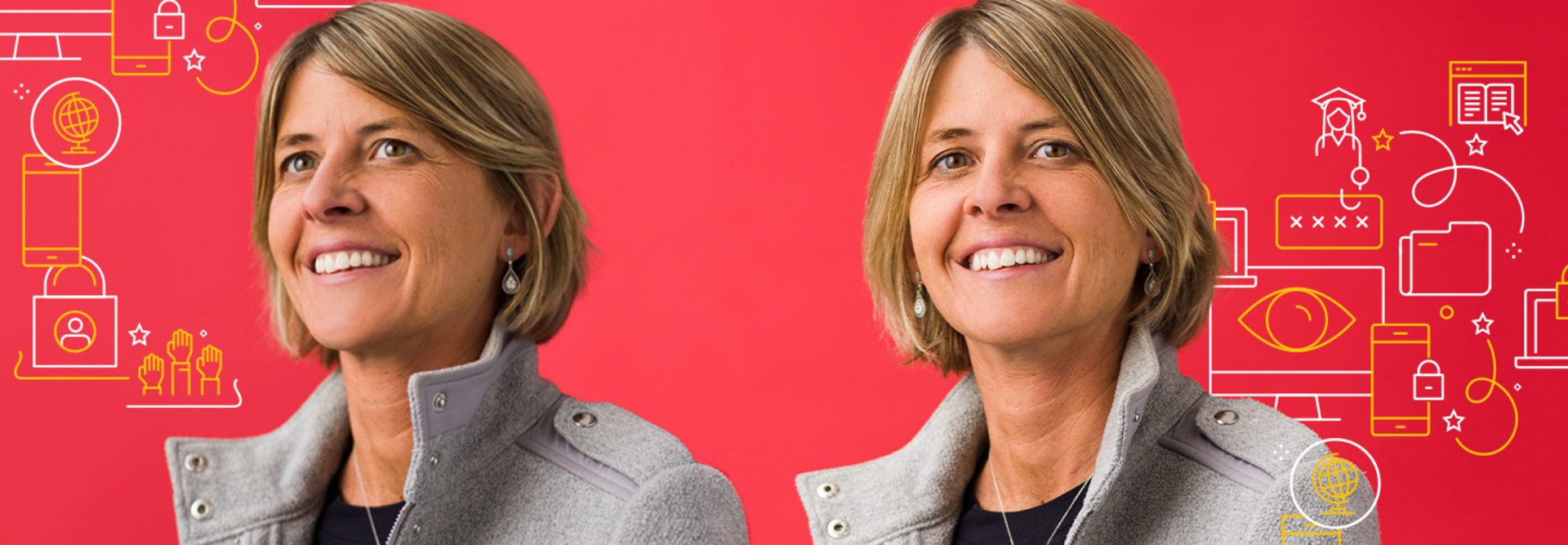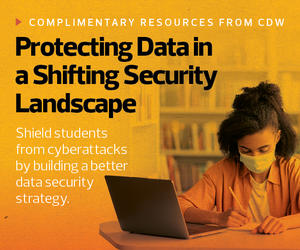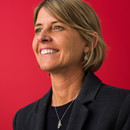EDTECH: What is your background, and how did you get involved with GenCyber?
Greeley: I have 15 years of classroom experience, including teaching Advanced Placement U.S. history and U.S. government, and I spent about 20 years coaching basketball. GenCyber launched in 2014 as a pilot, and I started working with them in a support role in 2015.
I love teaching, and I wasn’t looking to leave the classroom, but I grew to love cybersecurity education. Since 2018, I’ve worked at the National Cryptologic School at the NSA.
EDTECH: What is the goal of GenCyber?
Greeley: GenCyber is a federally supported program that gives grants to postsecondary institutions to host student, teacher or student/teacher programs in cybersecurity. We’re looking at a shortfall of about half a million cybersecurity positions in the United States. So, this program works to make better cybersecurity citizens and, hopefully, teach students who are interested in cybersecurity that there is a career out there for them.
One of the greatest things about cybersecurity is that it is multidisciplinary. It’s for STEM students, but also for liberal arts-minded students. A lot of times, GenCyber is the first touchpoint for students and teachers in cybersecurity.
FIND OUT MORE: How can OpSec benefit K–12 schools and district leaders?
EDTECH: What is the format of the camp?
Greeley: My favorite part of GenCyber is that every program looks different because it is based on the local K–12 ecosystem. A GenCyber program in Northern Virginia is going to look a lot different than a GenCyber program in Iowa.
Each institution must have certain pillars. We require that they base their curriculum on six principles: confidentiality, integrity, availability, defense in depth, thinking like an adversary and keeping it simple. We also require that they teach cyber ethics, and they must have at least one unit on careers.
EDTECH: How long are the camp sessions?
Greeley: Historically, they’ve been weeklong summer camps. We now require institutions to also host pre-camp and post-camp events. We’re trying to build more year-round engagement, particularly since we know that K–12 cybersecurity opportunities for students and teachers are still somewhat scarce.
EDTECH: Why it is important to start cybersecurity education early?
Greeley: In my opinion, it’s never too early, because students are getting devices at younger and younger ages. Anytime students have access to devices, cybersecurity conversations should occur. Because we partner with higher education institutions and focus on college and career readiness, we focus more on middle and high school students.












